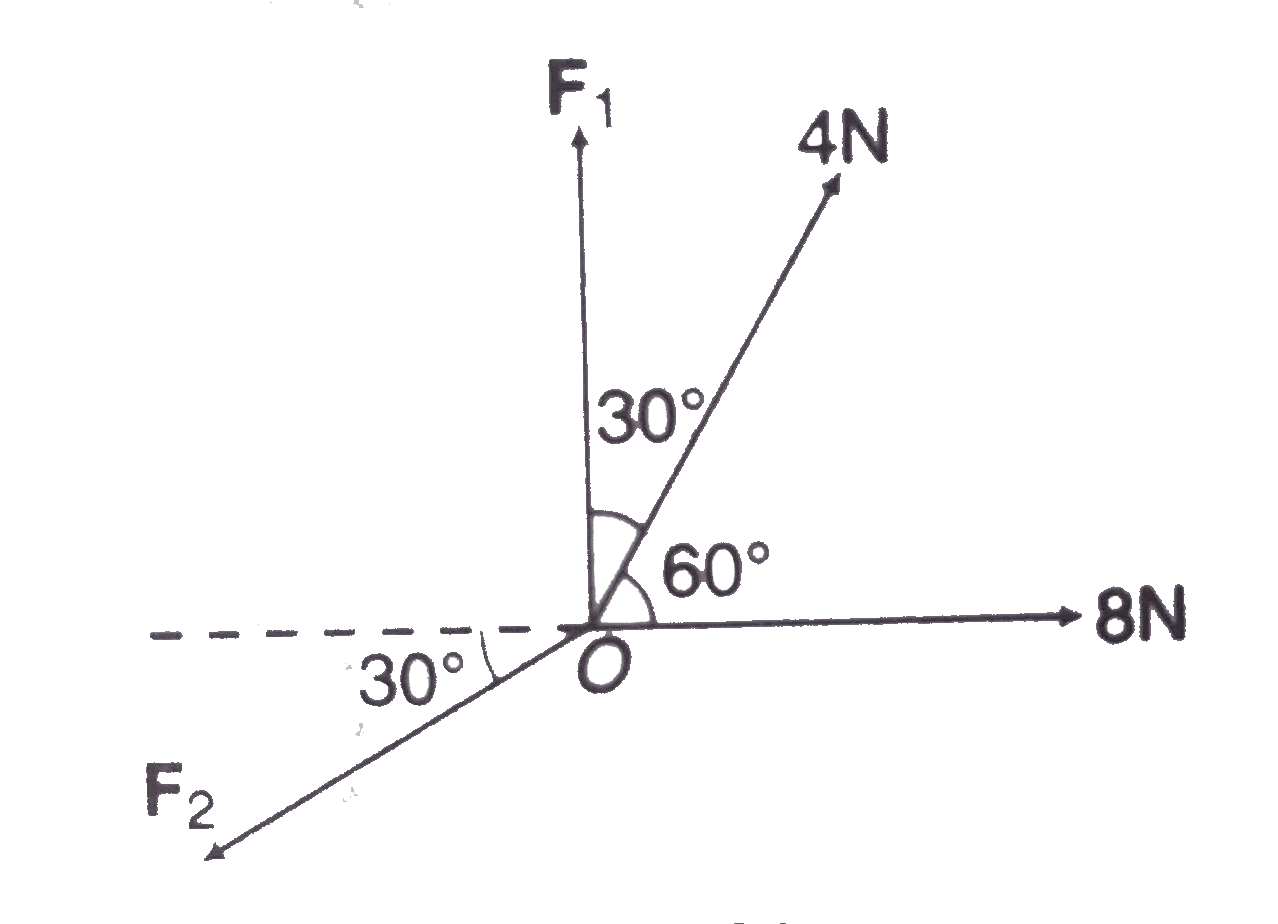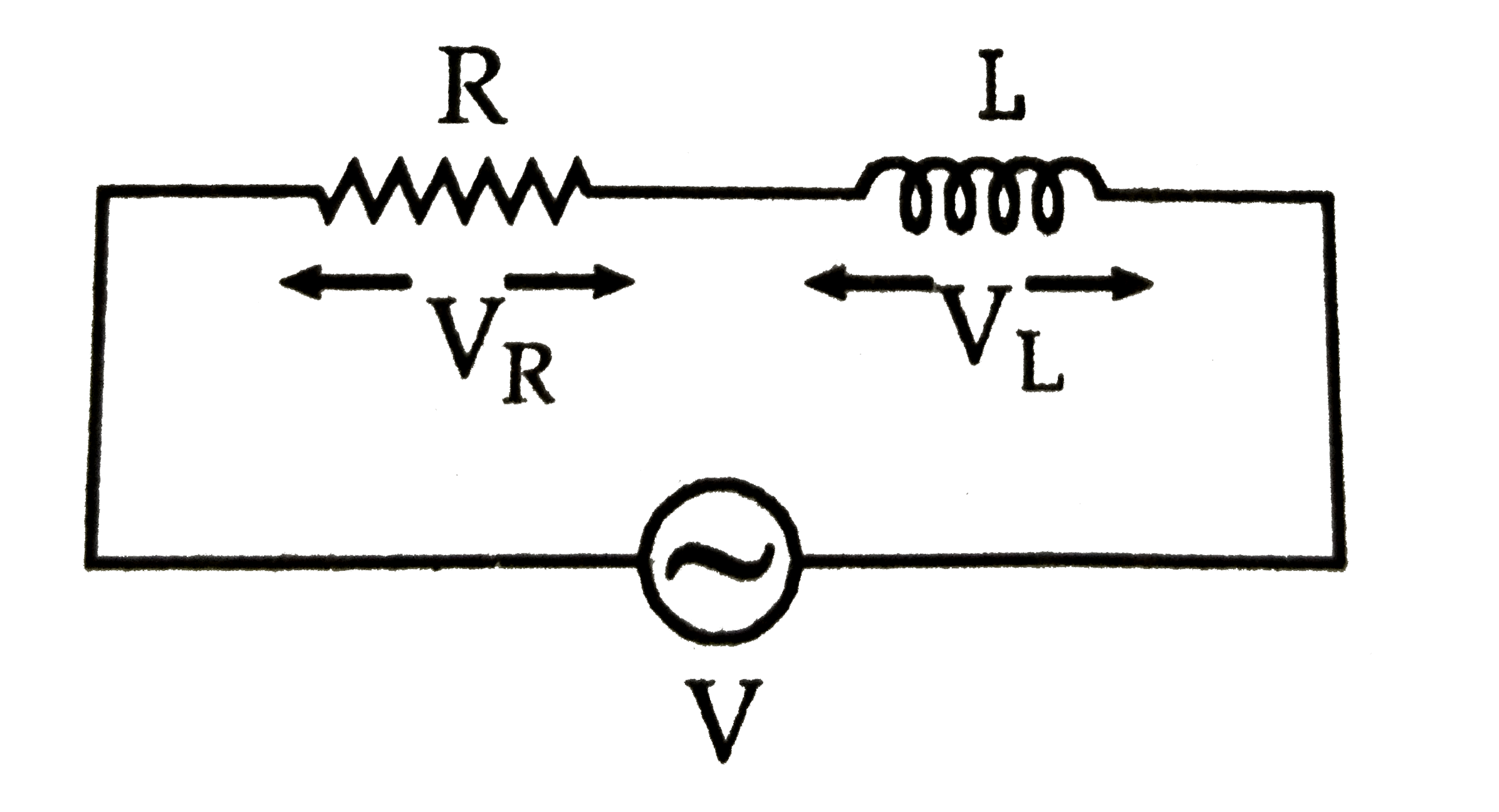In above example correct relation between magnitude of f1 and f2 is
f1>f2
f2>f1
f1=f2
not possible to decide due to insufficient data.
By Newton‘s third law the above friction forces are action-reaction pair, equal but opposite to each other in direction. Hence (C).
Also note that the direction of kinetic friction has nothing to do with applied force F.
Topper's Solved these Questions
- BOOK - MOTIONCHAPTER - NLM & FRICTIONEXERCISE - EXAMPLE47videos
NLM & FRICTION
- BOOK - MOTIONCHAPTER - NLM & FRICTIONEXERCISE - SOLVED EXAMPLE16videos
NLM & FRICTION
- BOOK - MOTIONCHAPTER - NEWTON'S LAWS OF MOTION & FRICTION EXERCISE - Exercise - 3 Section-B12videos
NEWTON'S LAWS OF MOTION & FRICTION
- BOOK - MOTIONCHAPTER - ONE DIMENSION MOTIONEXERCISE - Exercise - 3 |Section - B Previous Year Problems | JEE MAIN12videos
ONE DIMENSION MOTION
Similar Questions
Knowledge Check
- Question 1 - Select One

correct relation between above compoundsAI & II are position isomersBI & II are chain isomersCII &III are metamersDII & III are identical - Question 2 - Select One
The correct relation between the packing fraction f and mass number A is -
Af=M−AABf=M+AACf=AM−ADf=AM+A - Question 3 - Select One
The relation between u, v and f for a mirror given by:
Af=uvu−vBf=2u×vu+vCf=u×vu+vDnone of these
An object is in equilibrium under four concurrent forces in the direction shown in figure. Find the magnitudes of F1 and F2
 View Solution
View SolutionWhich graph gives the correct relation between Z and f for the given R-C circuit?
 View Solution
View SolutionThe correct relation between the degrees of freedom f and the ratio of specific heat γ is:
View SolutionFigure shows three blocks on a rough surface under the influene of a force P of the same magnitude in all the three cases. Coefficient of friction is the same between each block and the ground. What possile relation holds between the magnitudes of normal reaction and friction force?(Assume that the blocks do not overturn about edge.) Here fA,fB and fC are frictional forces and NA,NB and NC are reactions.
 View Solution
View SolutionThe frequency for a series limit of Balmer and paschen serial respectively are f1andf3 if the frequency of the first line of Balmer series is then the relation between f1,f2andf3 is
View Solution

